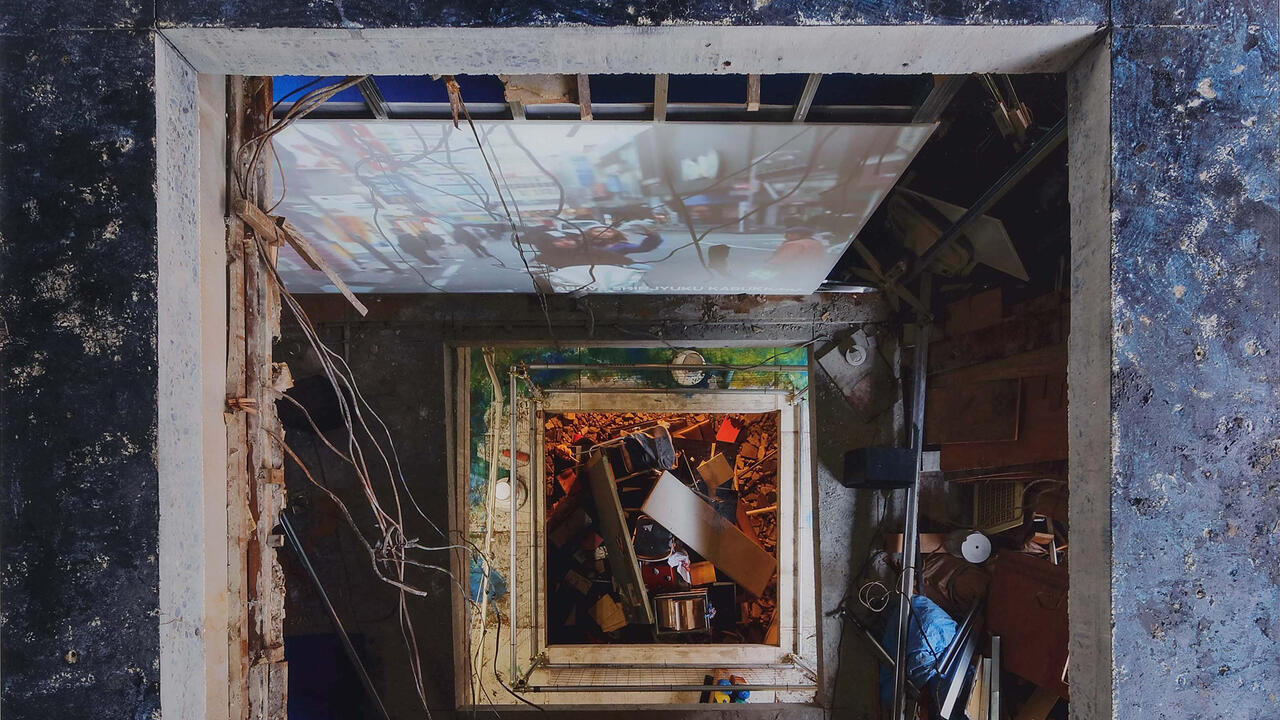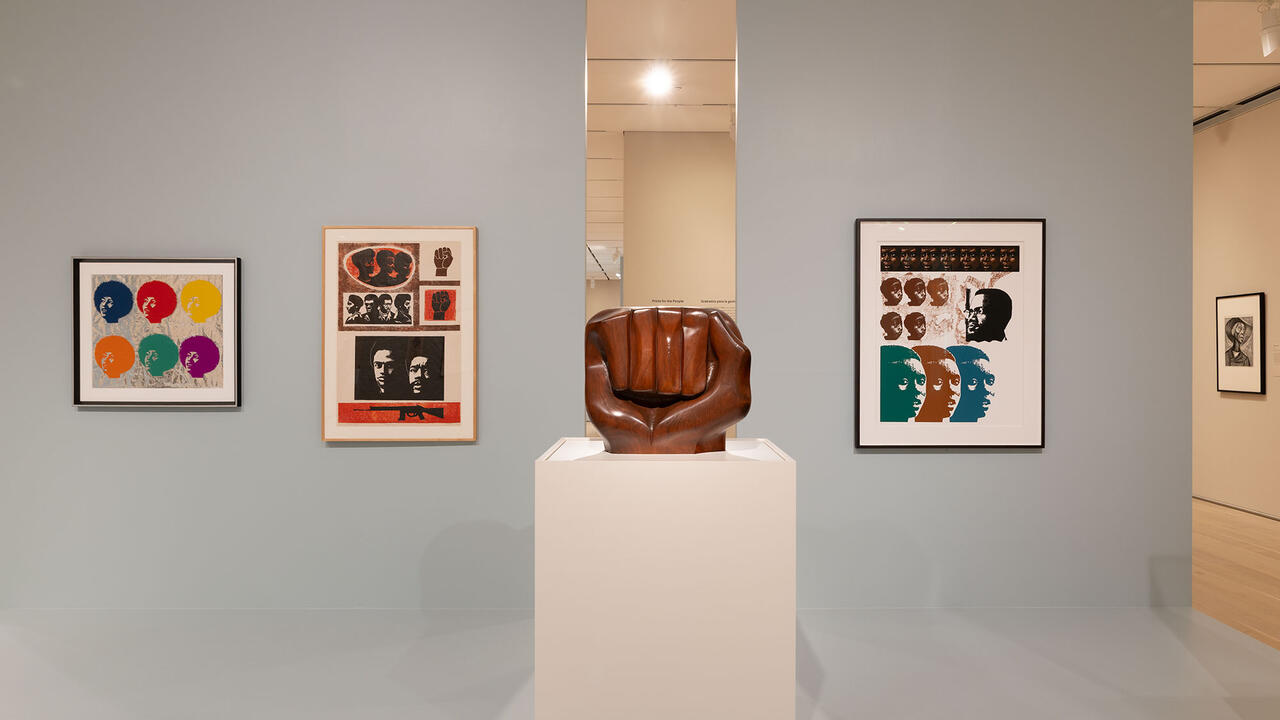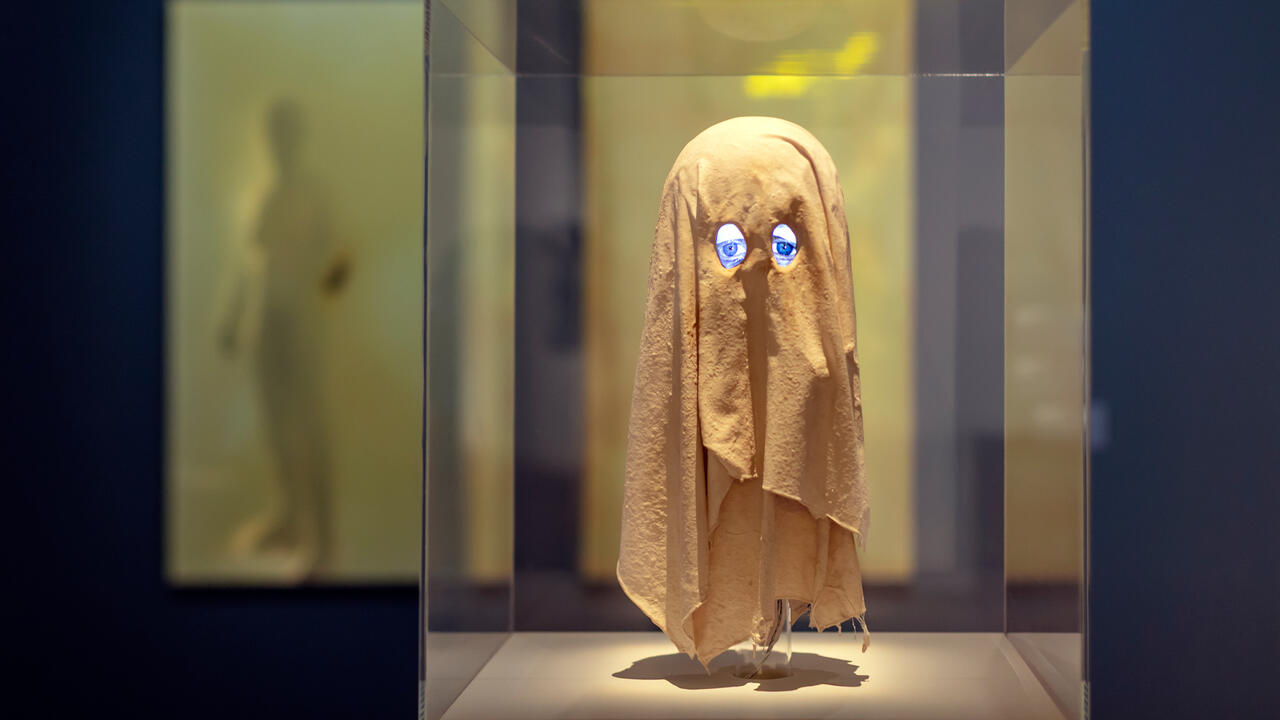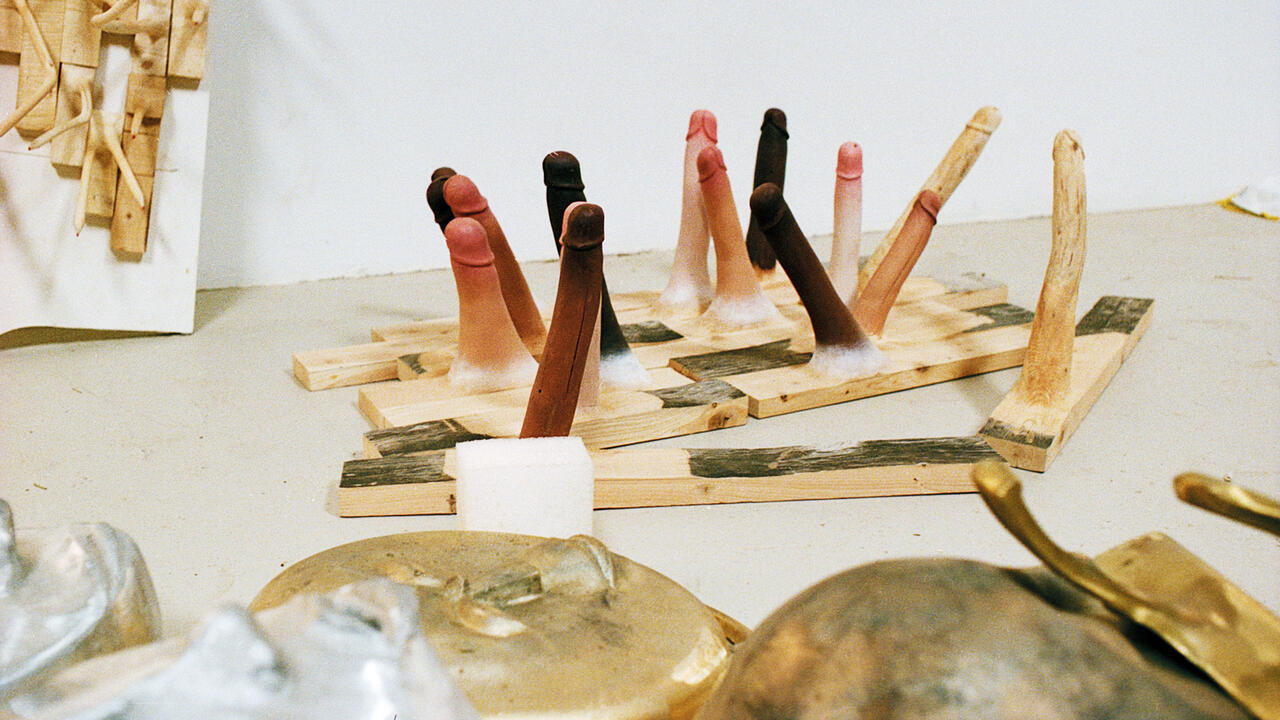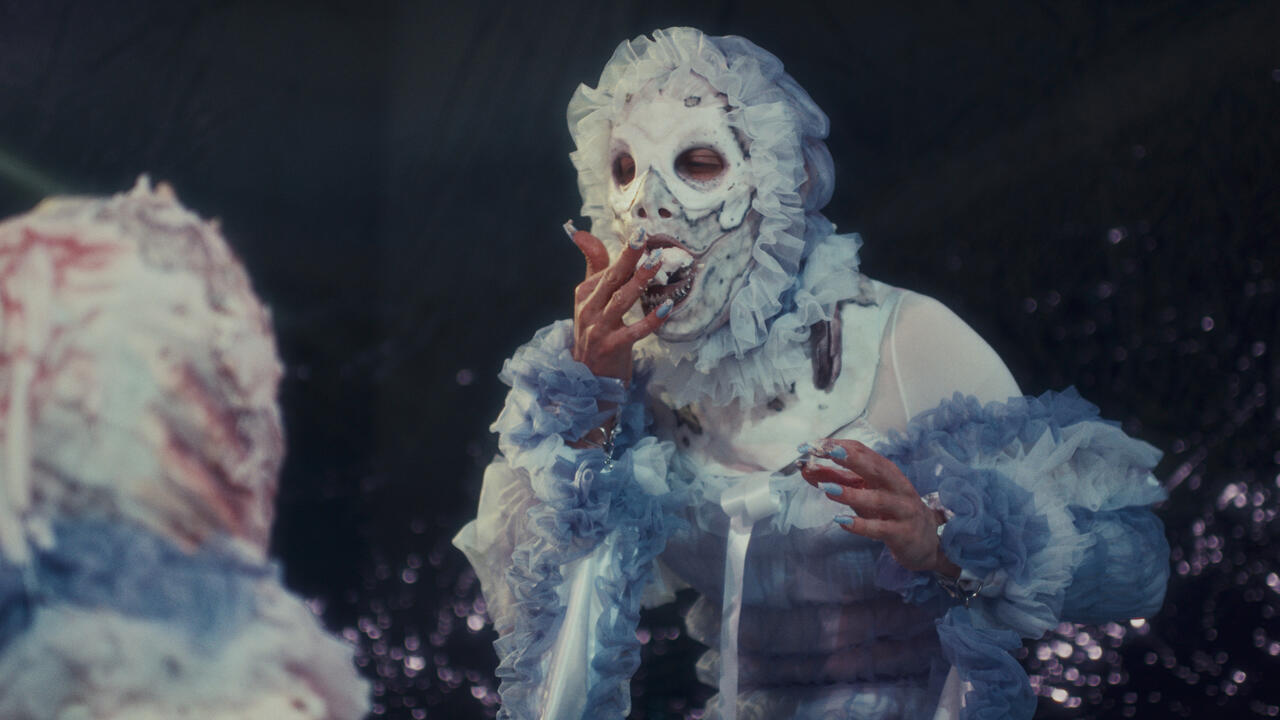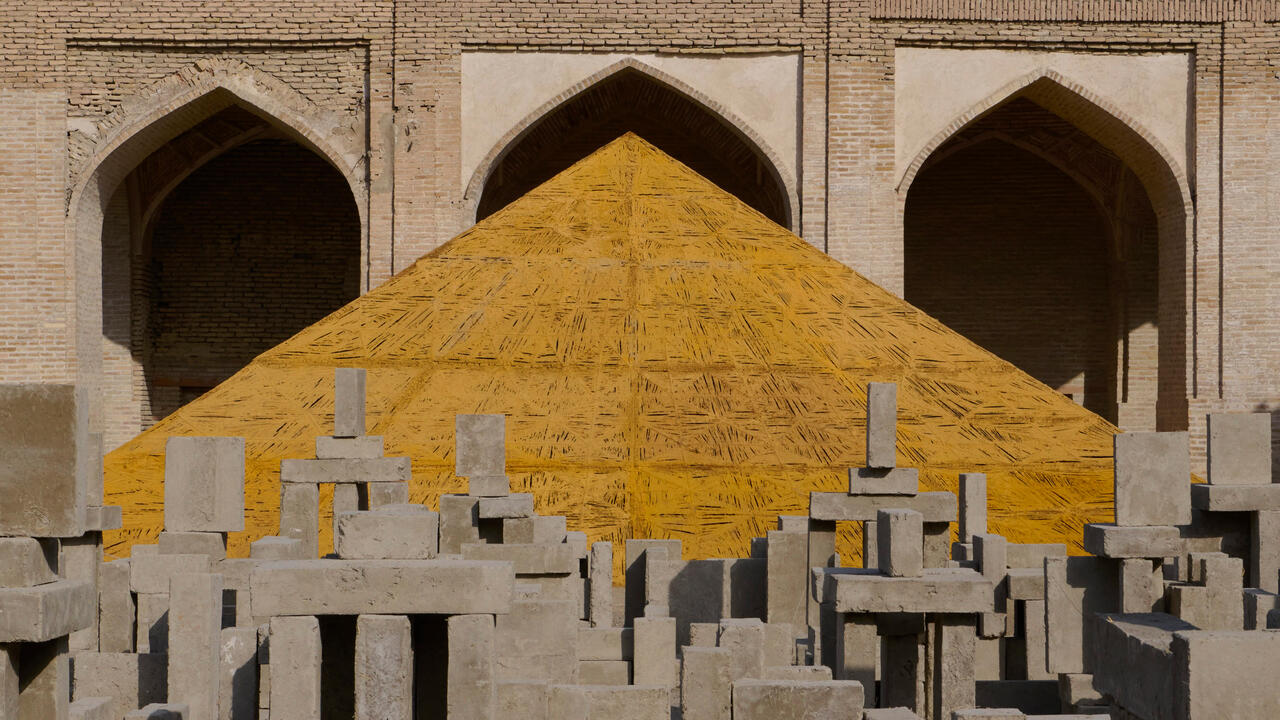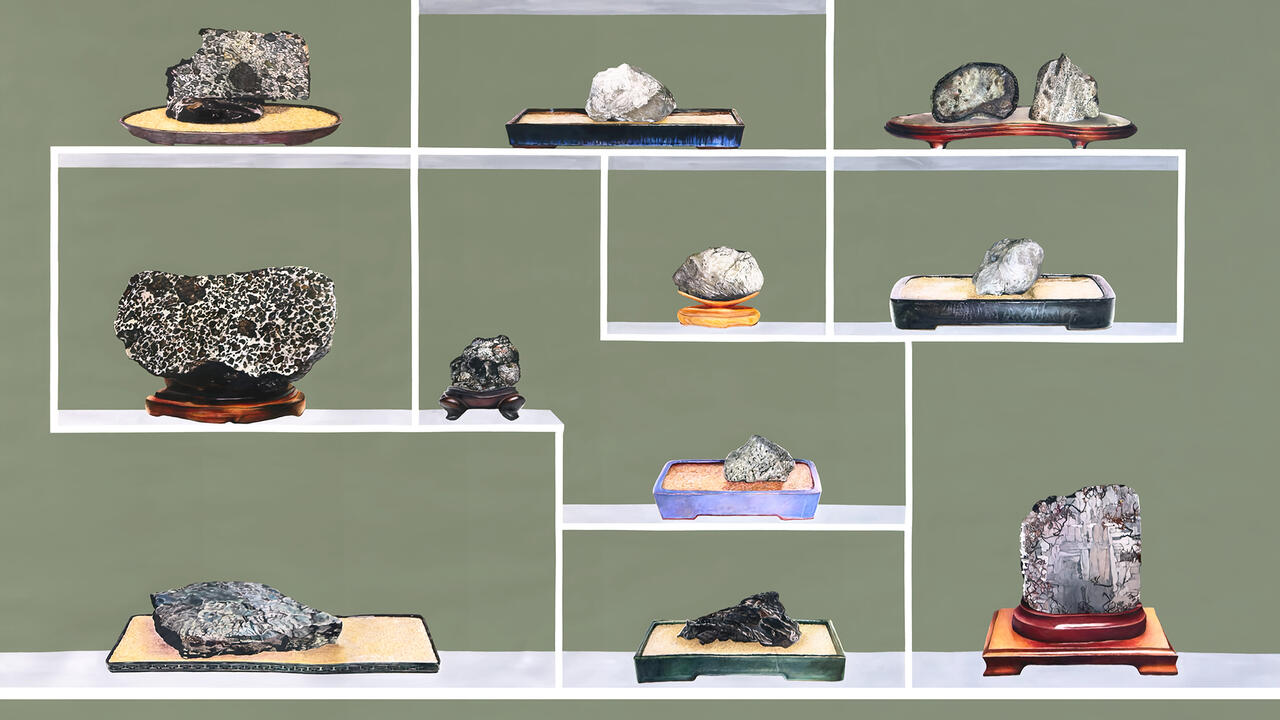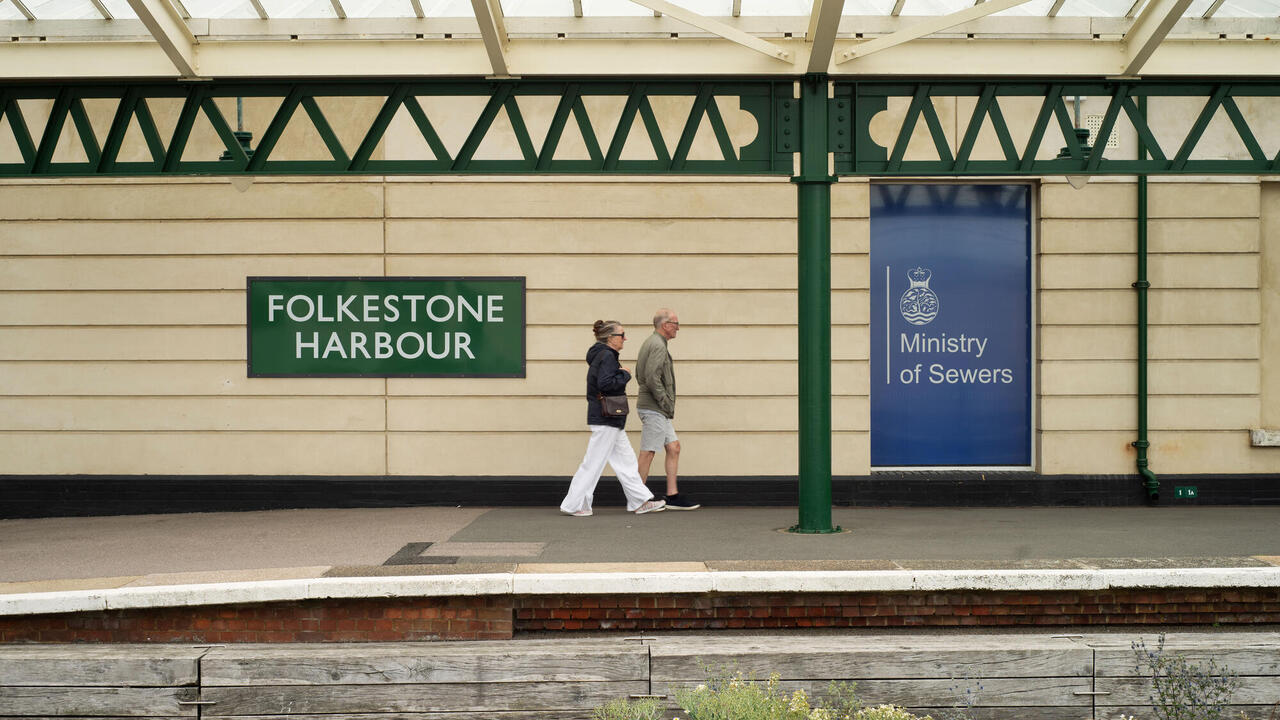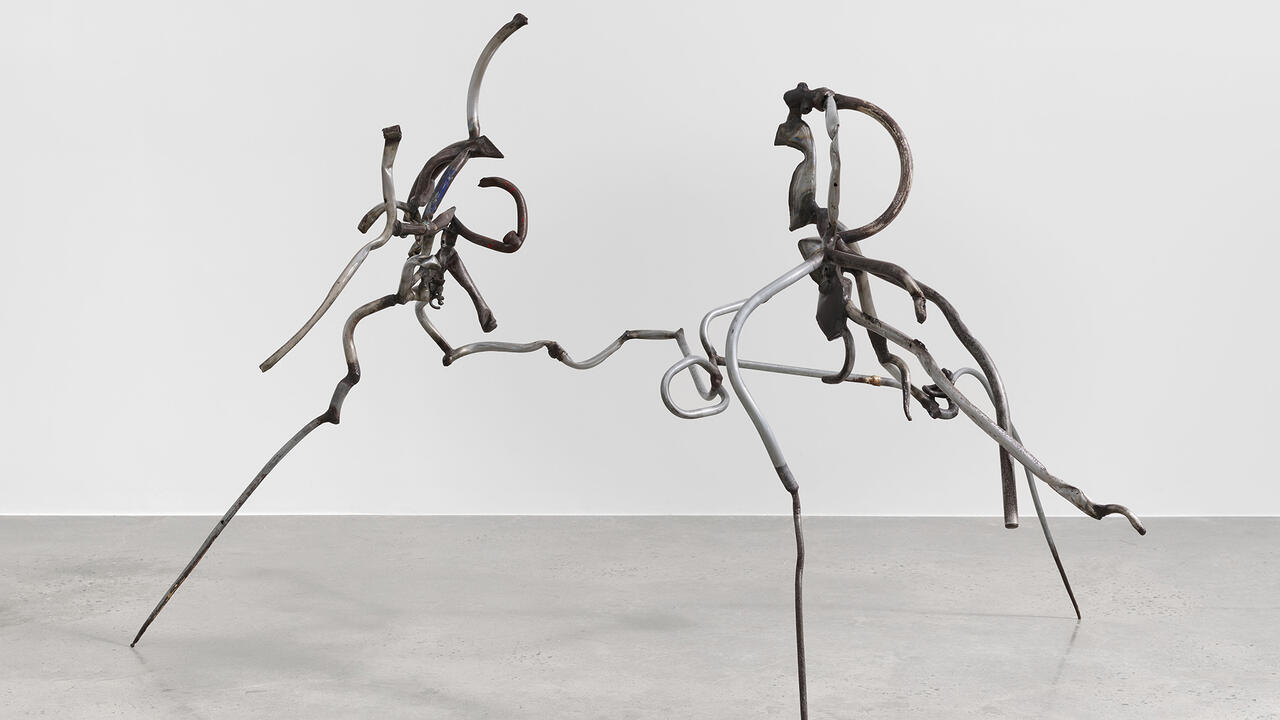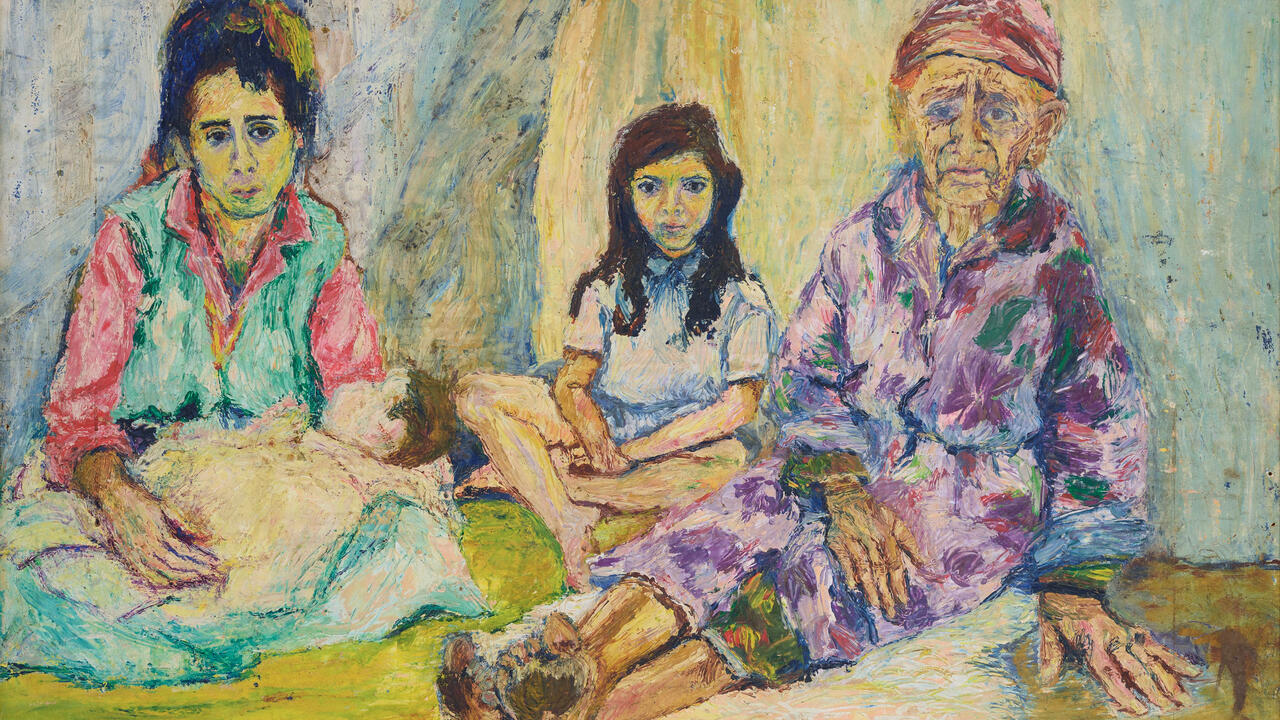Critic's Guide: Chicago
The heart of a thundercloud, the versatility of László Moholy-Nagy and the last scientist on Earth: the city's best current shows
The heart of a thundercloud, the versatility of László Moholy-Nagy and the last scientist on Earth: the city's best current shows


László Moholy-Nagy
The Art Institute of Chicago
1 October 2016 – 1 January 2017
In 1937, after a brief two years of living in London, László Moholy-Nagy accepted an invitation to relocate to Chicago, where he founded The New Bauhaus School. The move had a significant impact on the artist’s work, which transitioned from flattened planar abstractions to three-dimensional forms and began to incorporate a broader range of materials. Nearly eight decades after his initial move to the U.S., The Art Institute of Chicago has organised an extensive exhibition of over 300 works completed between 1920 and 1946 – the last 26 years of the artist’s life. The show celebrates this mature period of Moholy-Nagy’s career, presents him as one of the most versatile, interdisciplinary artists of the 20th century, as well as a believer in the forward-looking, technologically driven aspects of the Modernist project.

Diane Simpson
Corbett vs. Dempsey
9 September – 15 October 2016
Since the 1970s, Illinois-based artist Diane Simpson has produced sculptures that are informed by both her keen sartorial eye and her interests in furniture design and architecture. Her research-based methodology often focuses in on a particular style of dress or textile tradition; a recent set of sculptures on view at Corbett vs. Dempsey are inspired by the peplum, a tunic-like garment worn by women in ancient Greece. The six new constructions are clustered together atop an all-white display structure that runs the length of one wall and juts out to cover a significant portion of floor. This environment is conceptually reminiscent of a window display or runway, while fulfilling the practical function of offsetting muted pallets of powdery purple, charcoal grey, algae green and copper. Simpson’s elegant, geometric constructions bear traces of the meticulously charted and equally beautiful schematic drawings from which they depart. But while there is a simplicity to the artist’s tightly controlled lines, her sculptures maintain an anthropomorphic sense of gesture and presence that gives each it’s own distinct personality.

‘Every Building in Baghdad: The Rifat Chadirji Archives at the Arab Image Foundation’
Graham Foundation
15 September – 31 December 2016
‘Every Building in Baghdad: The Rifat Chadirji Archives at the Arab Image Foundation’, a survey of the work of Iraqi architect Rifat Chadirji, seems long overdue in Chicago, a city heralded as the architectural capital of the United States. The sheer bulk of imagery on view is staggering, as is the insight it provides into Chadirji’s oeuvre, which included the construction of 96 buildings from the late 1950s to early 1980s. The exhibition is hosted within the pristine, luminous galleries of the Graham Foundation’s Madlener House headquarters, an early 20th-century mansion and preserved landmark. Hundreds of images and negative sheets are displayed on black, cantilevered structures that give the show a highly ordered, scholarly atmosphere, amplifying the techniques Chadirji used to scrupulously catalogue his own work. Operating within the context of Iraq’s post-war modernization, Chadirji is recognised for his efforts to marry Western technological innovations with the stylistic preservation of Iraq’s architectural traditions – a gesture that takes on new resonance within the context of the current Syrian crisis and the gradual erasure of cultural sites and treasures in the region.

Jakob Kolding
The Neubauer Collegium for Culture and Society, University of Chicago
21 September – 26 October 2016
Aptly titled ‘Making a Scene’, Jakob Kolding’s most recent show is a cohesive, confident exhibition that takes cues from the world of theatre. (Kolding is currently developing set designs for an operatic adaptation of Virgina’s Woolf’s To The Lighthouse (1927), which will premier at next years Bregenzer Festspiele, a performing arts festival in Austria.) In the centre of The Neubauer Collegium gallery, three floor-to-ceiling, black and white wall prints are staggered like scenic backdrops, providing the tonal and spatial backbone of the exhibition. Surrounding these are five life-sized wooden silhouettes of anonymous figures frozen in performative poses: one holds a skull, recalling Hamlet’s poor Yorick, while another twists into dramatic contrapposto, hands in the air and face missing like a cardboard photo cut-out at a funfair. The strongest and most dynamic element in the exhibition is a new set of 14 stunning chromatic collages, which pull one down a rabbit hole of silken drapery, proscenium arches and three-tiered crystal chandeliers. These theatrical codes are seamlessly mixed with recurrent themes from the history of architecture, art, cinema and literature, with titles including The Agony and the Ecstasy, The Lover (Cary Grant) and Untitled (Medusa).

Ben Rivers
The Renaissance Society
10 September – 6 November 2016
In the moving image works of Ben Rivers, setting is a character in its own right. For ‘Urth’, his newly commissioned film and first solo presentation in the United States, Rivers gained access to Biosphere 2, an earth systems research lab in Arizona that was originally built as a closed ecological system. It is within this plant-filled, hermetic environment that a futuristic narrative unfolds, one following the last living scientist, and perhaps the last human being on the planet. Urth brings to mind Barry Hines’s 1984 British television drama Threads, produced at the tail end of the Cold War and famous for its realistic imagining of nuclear winter. Like Hines, Rivers has consulted with scientists to create a vivid, moving depiction of the possible effects of human beings on the Earth’s fragile ecological systems and the very real threats of global warming.

Theaster Gates
Richard Gray Gallery
30 September – 20 November 2016
For ‘Heavy Sketches’, artist and social activist Theaster Gates has produced a series of bronze sculptures which appropriate masks and reliquary figures from West Africa. To begin, Gates worked with authentic wooden ritual masks and ceremonial forms, using the objects as inspiration for a collection of ceramics that he then cast in bronze – a process that moves incrementally from a mutable to immutable material. Alluding to the humiliating tar and feather styles of punishment, Gates covered one bronze reliquary in a thick layer of the sticky black substance, buried it in his the yard of his studio and dug it back up in a performative, Lazarus-inspired gesture. Another association can be made to the Tar-Baby character of Uncle Remus’s Br’er Rabbit tales of the American South, variations of which originated in West, Central and Southern Africa. The process-based strategies used in ‘Heavy Sketches’ – mainly copying and casting – allow not only for a deeper consideration of the formal contours of the masks and figures but, more importantly, the historical weight and multiple narratives imbued within each.

MSHR
Lampo event series, hosted at the Graham Foundation
Autumn/Winter 2016
Hallucinatory is the best word I can use to describe my experience of Macro Synthetic Helio Resistor, a light and sound performance by the Portland-based performance duo Brenna Murphy and Birch Cooper, otherwise known as MSHR. By the end of the hour-long event – which employed modular synthesizers, a feedback system, multi-coloured incandescent lights decorated with conch shells, floor-to-ceiling lasers, strobes and smoke machine – I had the distinct feeling that I was as close as I would ever be to the heart of a thundercloud.
MSHR was the inaugural act of the 20th anniversary season of the Lampo event series. Supporting artists working in sound and music, Lampo began as a DIY endeavour in basements across Chicago; today it is hosted in the Graham Foundation’s top floor event space where six more performances will take place between now and December. The next event, on 22 October, will see Fluxus artist Yoshi Wada perform alongside his son, composer Tashi Wada. The Lampo website boasts a set complete with sirens, alarm bells, audio generators, bagpipes and an organ. Book your tickets early – it’s sure to be a full house.








